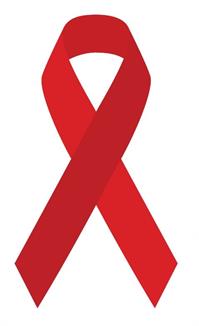 Every 40 seconds, someone in the United States has a stroke.
Every 40 seconds, someone in the United States has a stroke.
To raise awareness, the American Stroke Association established American Stroke Month every May.
Stroke Fast Facts:
- Stroke is the leading cause of disability in the U.S.1
- In 2012, nearly 800,000 people in the U.S. suffered a stroke.3
- Stroke kills twice as many women each year than breast cancer.2
- Strokes in children are increasing at an alarming rate—up 50% among young boys over 12 years.2
- The average stroke patient pays more than $140,000 in lifetime medical bills.2
Despite the tremendous toll stroke takes, the vast majority of Americans do not think of stroke as a major health concern.1
The good news is that up to 80% of strokes can be prevented by controlling risk factors like high blood pressure, atrial fibrillation, and high cholesterol. It’s also important to get moving! Encourage your patients to stay active and incorporate exercise into their daily routine. When a stroke does occur, long-term disability can be significantly cut if you get medical care quickly. Be sure to remind your patients of the F.A.S.T. acronym (Face droops on one side, Arms drift downward when raised, Speech is slurred, Time is critical—call 9-1-1 immediately).2
For patients who do suffer a stroke, physiatrists are in an optimal position to guide their care plan. Your Academy recently formed a work group to discuss the role of physiatry in the care of patients suffering from stroke. Randie M. Black-Schaffer, MD, MA, physiatric leader in this clinical area and chair of the Stroke Work Group states, “The most important point about physiatrists’ role in stroke care is that we have a great deal to offer patients at all levels of care and all phases of recovery and survivorship. As consultants in acute care settings, we start rehabilitation therapies and direct patients to the most appropriate next level of rehabilitation care, we manage medical care and direct rehabilitation programs for inpatient rehabilitation facilities (IRFs), and we provide consultation for rehabilitation issues in skilled nursing facilities (SNFs) and long-term acute care (LTAC).”
Dr. Black-Schaffer continues, “At all of these levels, as well as once patients are home, we are the reference experts for spasticity and pain management, orthotics and adaptive equipment assessment, musculoskeletal sequelae of stroke, and ongoing therapy needs. We are, indeed, the ideal physicians to follow these patients for the rest of their lives after suffering from a stroke, to help them maximize function and quality of life.”
Take this opportunity to advance your clinical skills in stroke this May. Your Academy provides educational resources in the mē® Catalog, and articles on PM&R Knowledge NOW®.
Stroke Work Group Participants:
- Randie-Black Schaffer, MD, MA; Chair
- Joe Burris, MD
- Steve Flanagan, MD
- Darryl Kaelin, MD
- Joel Stein, MD
 Stroke Activities on mē®:
Stroke Activities on mē®:
References:
- http://www.strokeassociation.org
- http://www.stroke.org/
- http://www.cdc.gov/stroke/stroke_awareness_month.htm
P.S. Your Academy’s Stroke Work Group is developing a new stroke educational tool. Look for this new resource coming soon!